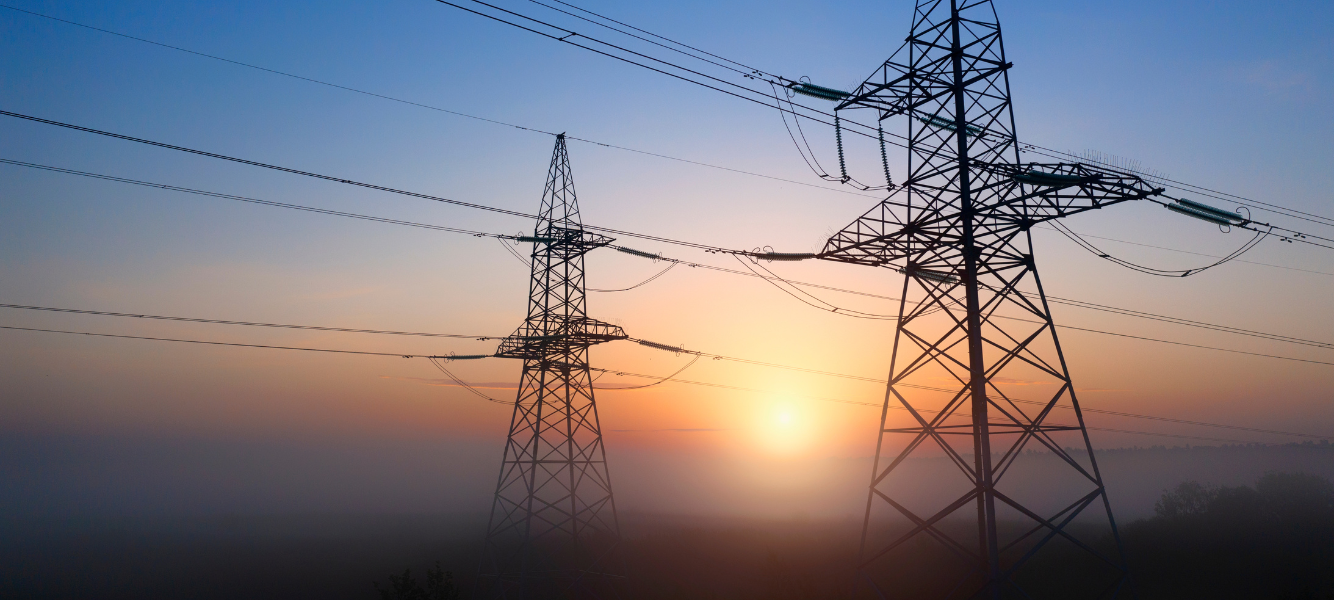Clean energy is growing fast in the U.S., but there’s a big problem nobody likes to talk about.
You can build all the solar farms and wind projects you want.
Without new power lines, the energy can’t reach homes or businesses.
That’s the bottleneck.
And it’s slowing everything down.
Let’s break down why transmission lines and permitting are such a challenge, what skills are needed to fix it, and where the opportunities are.
The transmission challenge
The U.S. grid wasn’t built for the clean energy future.
It’s old.
It’s fragmented.
And it’s managed by a patchwork of state-level rules.
Every time a new high-voltage line is proposed, it needs approval in multiple states. Each one has its own process, timelines, and politics.
That means delays. And those delays cost money.
Add to this financing hurdles and local opposition. Communities often push back against large projects cutting across their land.
The result?
Multi-year struggles just to get a single line approved.
Meanwhile, the demand for clean energy keeps growing.
That means a growing mismatch between where clean energy can be generated and where it can be delivered.
Policy and regulatory complexity
The U.S. doesn’t have a streamlined federal process for interstate transmission. States hold much of the power.
That creates conflict.
A project can meet federal clean energy goals yet still be blocked at the state level. That’s why we see transmission projects stuck in limbo for years.
Some policymakers are pushing for reform.
Ideas include federal permitting authority or new incentives for states to cooperate. But for now, companies must navigate a complex, uncertain system.
The lack of clarity also makes investment decisions harder.
Why pour billions into projects that could sit idle while permits drag on?
The result is stalled investment, higher costs, and more pressure on companies trying to plan long-term.
The human side: talent and skills gaps
Transmission isn’t just a steel-and-wires problem.
It’s a people problem too.
To push projects forward, companies need environmental and permitting specialists who understand regulatory nuances, regulatory affairs managers who can engage with multiple authorities, and transmission engineers who can design reliable, efficient systems.
On top of that, companies need community engagement officers who can handle local concerns and explain the value of projects, and construction labor who can deliver on the ground.
This mix of skills is rare.
Few professionals can move easily between technical, legal, and social landscapes. Yet that is exactly what transmission projects require.
Astute sees growing demand for this talent across the U.S.
Companies are increasingly asking us for regulatory experts, engineers, and project managers who can slot into transmission projects immediately.
The problem is, there aren’t enough of them.
That shortage is one of the biggest hidden risks for project timelines.
Transmission lines and permitting as the bottleneck
Every delay in transmission creates a knock-on effect.
Solar, wind, and storage projects are ready to scale. But they can’t connect to the grid without new lines.
Developers are left waiting. Contractors and suppliers stall. And investors get nervous.
The clean energy scale-up isn’t limited by how much we can build.
It’s limited by how much we can connect. That’s why you hear about projects being “queued” while they wait for transmission approval.
This bottleneck doesn’t just frustrate developers. It threatens the entire clean energy transition timeline.
The cost of delay
Delays in transmission add direct costs to projects.
Financing costs increase. Labor teams sit idle.
Communities lose confidence in promised jobs and benefits.
Worse, delays risk making clean energy less competitive.
If costs rise too high, it slows adoption and gives fossil fuel projects a longer runway.
That extends beyond an environmental issue and becomes an economic one, too. The U.S. risks falling behind in the global clean energy race if transmission can’t keep up.
For talent, delays create instability.
Engineers and specialists hesitate to commit to projects that might not move forward.
That uncertainty makes recruitment even harder.
Opportunities despite the obstacles
Here’s the flip side. Transmission problems create opportunities.
Companies that can secure the right talent will have an edge.
The need for transmission engineers, project managers, and permitting experts isn’t going away. If anything, it’s only going to intensify.
There’s also opportunity for innovation. From new planning tools to private-public partnerships, those who can cut through the red tape will capture market share.
And for professionals, this means career growth.
Reskilling and upskilling in regulatory and transmission-focused roles could be the best move in today’s energy sector.
Workers with these skills will find themselves in high demand for years to come.
What companies can do
Transmission lines and permitting aren’t quick wins. But companies can prepare.
The first step is workforce planning.
Hiring talent early, before permits are granted, might feel risky.
But the real risk is waiting too long and losing the best candidates to competitors. Securing specialists now means you’re ready to move when approvals finally land.
The second step is stakeholder engagement.
Companies that invest in community relations teams build trust and reduce the risk of local opposition. That can shave months, or even years, off project timelines.
Finally, companies should work with specialist recruiters.
At Astute, we’ve supported clean energy firms through exactly these challenges.
We understand the technical and regulatory landscape, and we know where to find the people who can bridge the gaps.
Whether it’s a permitting consultant in Maryland or a transmission engineer in Texas, we connect businesses with talent who can make projects happen.
Why this matters for clean energy goals
The U.S. has set ambitious renewable energy targets.
But without tackling the transmission challenge, those targets will remain out of reach.
Transmission lines and permitting will define whether clean energy projects succeed or fail.
For companies, the message is clear: start planning your workforce strategy now.
Transmission projects may face hurdles, but those who prepare will be in the strongest position to deliver when approvals come through.
Transmission is the choke point
Clean energy growth in the U.S. will live or die by transmission.
Yes, it’s a bottleneck. Yes, it’s frustrating. But it’s also where the most important hiring opportunities are emerging.
Companies that act now to secure transmission and permitting talent will be in the best position when the grid finally catches up. And professionals who step into these roles today will shape the future of the U.S. energy system.
If your business is navigating these challenges, Astute can help connect you with the right people.
Drop us a message to learn more.
















